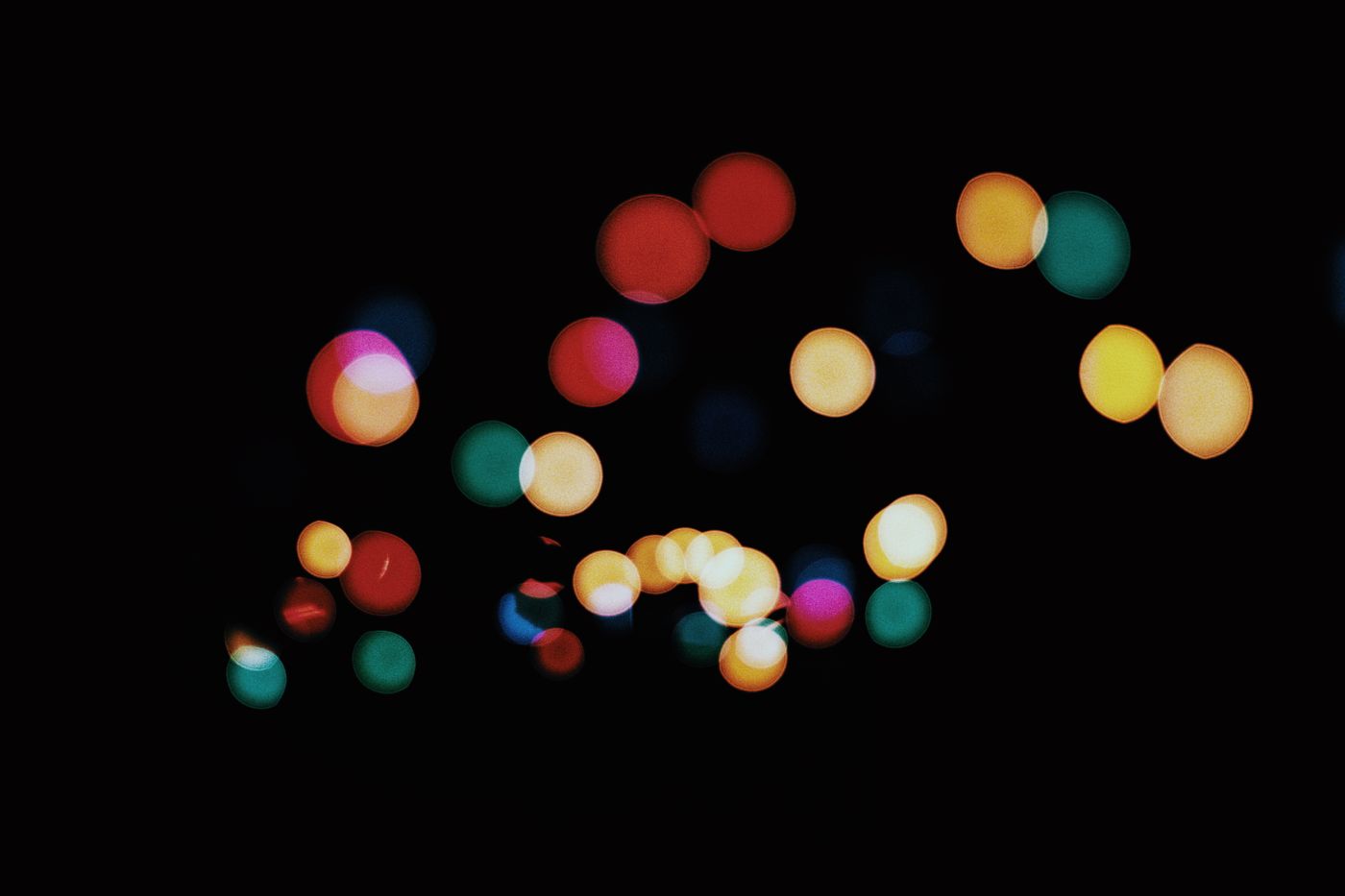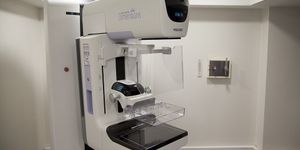Laser Beams Vibrate Viruses to Distinguish Them
In light of the ongoing COVID-19 pandemic, the importance of rapid viral diagnostics has really hit home. Classically, the polymerase chain reaction, or PCR, is used for this purpose — a chemical reaction that makes millions of copies of the virus’ genetic material, such that it can be compared to a reference standard. This process, however, is time-consuming and has a relatively long development lag phase when new viruses, such as SARS-CoV-2 emerge.
In response, researchers at Penn State have created VIRRION: a novel technique for capturing and identifying viruses from clinical samples rapidly. The platform first sorts viruses within patient samples based on their size. Then, it characterizes them using Raman spectroscopy (a laser-powered chemical analysis technique that measures the signature vibrational patterns of molecules). The scientists demonstrated extremely promising results with VIRRION: they could identify viruses with 90 percent accuracy in a matter of minutes. This work, led by professor of physics, chemistry, and materials science and engineering at Penn State, Mauricio Terrones, was published in the Proceedings of the National Academy of Sciences.
Experts estimate that there are almost 2 million unknown viruses in nature, of which most of these pose the risk of being transmitted to humans. The devastation caused by COVID-19 has brought a heightened awareness towards developing technologies for managing emerging viral outbreaks. According to the World Health Organization, advanced clinical diagnostics for detecting viruses quickly have the potential of being transformative as a pandemic countermeasure.
The true value of the VIRRION device is its wide range of potential applications. Besides being able to be deployed in healthcare facilities, remote locations, and perhaps one day, even at home, VIRRION could also be used beyond the context of human health. For instance, farmers could quickly detect the presence of a virus before it sweeps through and decimates crops and livestock — no large, expensive laboratory equipment needed.
“The VIRRION is a few centimeters across,” explained Terrones. “We add gold nanoparticles to enhance the Raman signal so that we are able to detect the virus molecule in very low concentrations. We then use machine learning techniques to create a library of virus types.”
According to the study authors, VIRRION is not intended to completely replace the current gold standard PCR technique, but instead, complement it. Should an individual test positive with a VIRRION-based test, the next steps would be to verify the result using conventional techniques. Ultimately, the unprecedented speed and portability of VIRRION mark the beginning of a new era in viral diagnostics.
Sources: PNAS, Penn State University.










